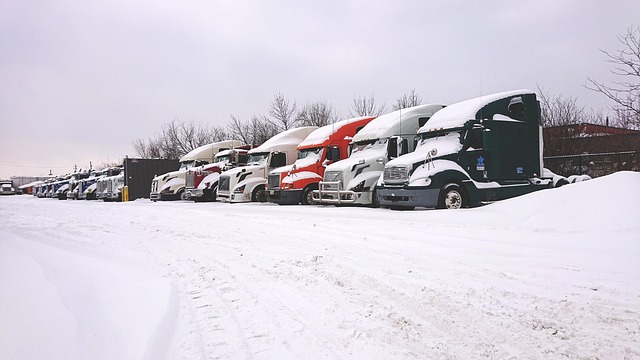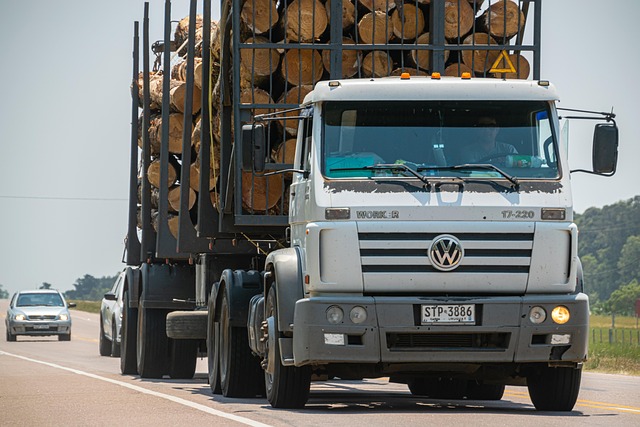Looking to register your car in California? This comprehensive guide walks you through the entire process, from understanding vital requirements to securing your unique vehicle identification number (VIN) using a trusted DMV VIN verifier. Gather essential documents, visit the DMV, and complete the registration. We’ll break down each step, ensuring a smooth experience.
- Understand California Car Registration Requirements
- Gather Necessary Documents for Car Registration
- Visit the DMV and Complete the Registration Process
- Verify Your Vehicle's Identification Number (VIN)
- Pay Car Registration Fees and Receive Your Plate
Understand California Car Registration Requirements

Before registering your car in California, it’s crucial to understand the state’s specific requirements. The California Department of Motor Vehicles (DMV) mandates that all vehicles operated within the state be properly registered and bear a valid registration sticker. This process involves verifying the vehicle’s identification number (VIN) to ensure its authenticity and history. Utilizing a DMV VIN verifier or a mobile vin inspection service can help streamline this step by providing accurate and up-to-date information about the car’s previous owners, maintenance records, and any potential issues.
Additionally, you’ll need to meet certain criteria such as having the necessary insurance, passing emissions tests (in some regions), and paying the registration fees. Ensuring your car is in good working condition and compliant with California’s standards will facilitate a smooth registration process at your local DMV office or through their online portal.
Gather Necessary Documents for Car Registration

Before you start the registration process, make sure you have all the required documents. The California Department of Motor Vehicles (DMV) requires a variety of paperwork to ensure a smooth and accurate transaction. Key among these is the Vehicle Identification Number (VIN) verification, which can be efficiently handled through a DMV VIN verifier or even a mobile VIN inspection service. This step is crucial as it confirms the vehicle’s authenticity and history, preventing fraud and ensuring compliance with state regulations.
Gathering these documents early on saves time and effort later. You’ll need proof of identity, such as a valid driver’s license or passport, along with proof of residency (like a utility bill). Additionally, you must present the car’s registration from the previous state if it was purchased used, and complete any outstanding registration fees or taxes. For vehicles under 10 years old, a safety inspection is typically required, which can often be facilitated through mobile VIN inspection services that provide both verification and inspection on-site for convenience.
Visit the DMV and Complete the Registration Process

Once you’ve gathered all the necessary documents and information, it’s time to visit a California DMV office. The registration process typically involves several steps. First, you’ll need to present your vehicle’s documentation, including proof of ownership, such as a bill of sale or previous registration papers. Additionally, ensure you have valid identification like a driver’s license or state-issued ID.
A crucial part of the process is the Vehicle Identification Number (VIN) verification. You can opt for a mobile VIN verification service to simplify this step. These services allow for remote inspection of your vehicle’s history and security features through a specialized app. Alternatively, you can conduct a manual VIN inspection at the DMV using their databases and tools. This checks for any outstanding recalls or issues that might affect your registration. After all required information is confirmed, the DMV will process your application, and you’ll receive your new registration papers.
Verify Your Vehicle's Identification Number (VIN)

Before registering your car in California, it’s crucial to verify your Vehicle Identification Number (VIN). This unique 17-character code is a critical component of the registration process and serves as a digital fingerprint for your vehicle. The DMV recommends using a reliable vin verifier, such as those offered by authorized third-party services, to ensure accuracy.
A mobile vin inspection can be particularly convenient, allowing you to validate your car’s details remotely. This step is essential because an incorrect VIN could lead to registration delays or even rejection. With a simple online or mobile check, you can confirm your vehicle’s information and streamline the California car registration process.
Pay Car Registration Fees and Receive Your Plate

After confirming your vehicle’s eligibility and gathering all necessary documents, it’s time to pay the car registration fees. The California DMV offers several payment methods, typically including credit cards, debit cards, checks, or cash. Once your payment is processed, you’ll receive your vehicle’s license plate. This process usually happens quickly, especially if you’ve completed a mobile VIN verification or vin inspection beforehand, ensuring all details match.
The California DMV encourages using their online services for a seamless registration experience. You can pay fees and obtain your license plate without visiting a physical office by utilizing the official DMV website or their mobile app. This method streamlines the process, saving you time and effort, especially with the convenience of mobile vin verification.
Registering a car in California involves understanding specific requirements, gathering essential documents, and visiting a DMV office. By following these steps, from verifying your Vehicle Identification Number (VIN) using a reliable dmv VIN verifier to paying the necessary fees, you can ensure a smooth process. Remember to keep your registration up-to-date for legal compliance and convenience.



